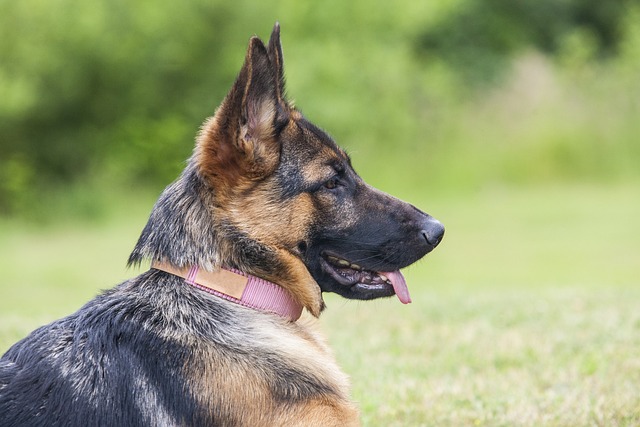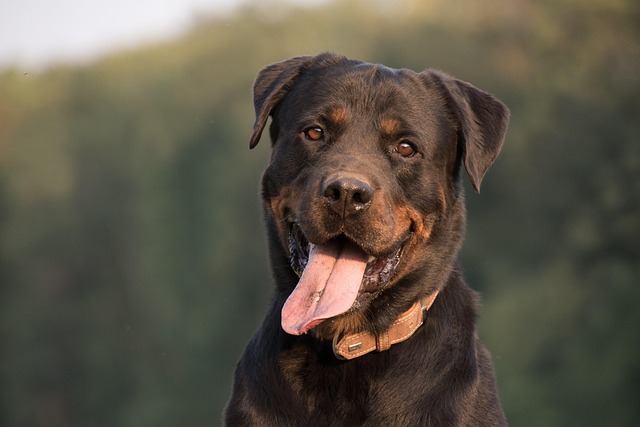
How do I know if my dog has spinal damage?
How do I know if my dog has spinal damage? It's the thought that creeps in when your normally energetic pup hangs back during walks, or pauses mid-play like something just didn't feel right.
How do I know if my dog has spinal damage? It’s the thought that creeps in when your normally energetic pup hangs back during walks, or pauses mid-play like something just didn’t feel right. Those small, off moments—easy to chalk up to a long day or a bump during zoomies—can sometimes be hints that their spine is in trouble. Knowing the signs isn’t just about worry; it’s about being the one who catches it early.
Take their playtime, for example. A dog with spinal issues might suddenly stop chasing a ball, dropping it like it’s too heavy to carry. They might avoid roughhousing with other dogs, or yip when another pup bumps their back. Even climbing into the car—something they used to dart for—could turn into a slow, hesitant shuffle, with their hind end seeming to lag. These aren’t just “off days”; their body is sending signals that movement hurts more than it should.
Touch can tell you a lot, too. Most dogs love a good belly rub or a scratch along their back, but one with spinal damage might tense up. They could pull away when you run your hand down their spine, or even growl softly if you press too gently—unusual for a pup who’s usually a cuddle bug. Grooming time might get tricky, too; they might twist away when you try to brush their lower back, as if the motion stings.
 Sleep habits often shift, too. If your dog used to curl up in a tight ball and now stretches out flat, legs splayed, that could be their way of avoiding pressure on their spine. They might also move more at night, pacing or whimpering softly in their sleep—signs that discomfort is keeping them from resting easy. It’s easy to miss, but those little changes in how they settle down matter.
Sleep habits often shift, too. If your dog used to curl up in a tight ball and now stretches out flat, legs splayed, that could be their way of avoiding pressure on their spine. They might also move more at night, pacing or whimpering softly in their sleep—signs that discomfort is keeping them from resting easy. It’s easy to miss, but those little changes in how they settle down matter.
Potty troubles are a bigger red flag. Spinal damage can mess with the nerves that control when and how they go. You might find they’re suddenly having accidents indoors, even after years of being reliable. Or they might squat for a long time without success, looking frustrated or in pain. This isn’t misbehavior—it’s a physical issue that needs quick attention.
If any of this sounds familiar, don’t delay calling your vet. Spinal issues can get worse fast, and staying on top of their health isn’t just kind—it’s part of meeting care standards in most communities. Vets have the tools to check for damage, whether it’s a gentle exam or a scan, and getting treatment early can mean the difference between a full recovery and long-term problems.
Your dog can’t tell you what hurts, but they show you every day—in how they move, how they let you touch them, even how they sleep. Paying attention to those little cues is how you keep them happy and healthy. Most dogs bounce back with care, and knowing what to look for? That’s the best way to make sure they’re back to their playful selves in no time.

How do I know if my dog has spinal damage? It's the thought that creeps in when your normally energetic pup hangs back during walks, or pauses mid-play like something just didn't feel right.

German Shepherds are beloved for their loyalty,intelligence, and versatility,serving as working dogs,family companions,and more.But like many purebred breeds,they carry a risk of certain genetic diseases that owners and breeders should be aware of.

Hip dysplasia often reveals itself gradually, but early clues can surface as young as four months. Watch how your puppy moves—stiffness after naps, reluctance to climb stairs, or a slight hop when running might hint at trouble.

Heartworm treatment for dogs isn’t a one-size-fits-all cost—most pet parents learn that quickly when their vet breaks down the bill.

Watching your pup follow you from room to room, nose pressed to your ankle as you cook, clean, even use the bathroom—then panic when you step outside to grab the mail

There’s nothing more stressful than a pup who barks at every leaf, squirrel, or passing car—especially in an apartment where thin walls mean your neighbor’s 9 p.m.